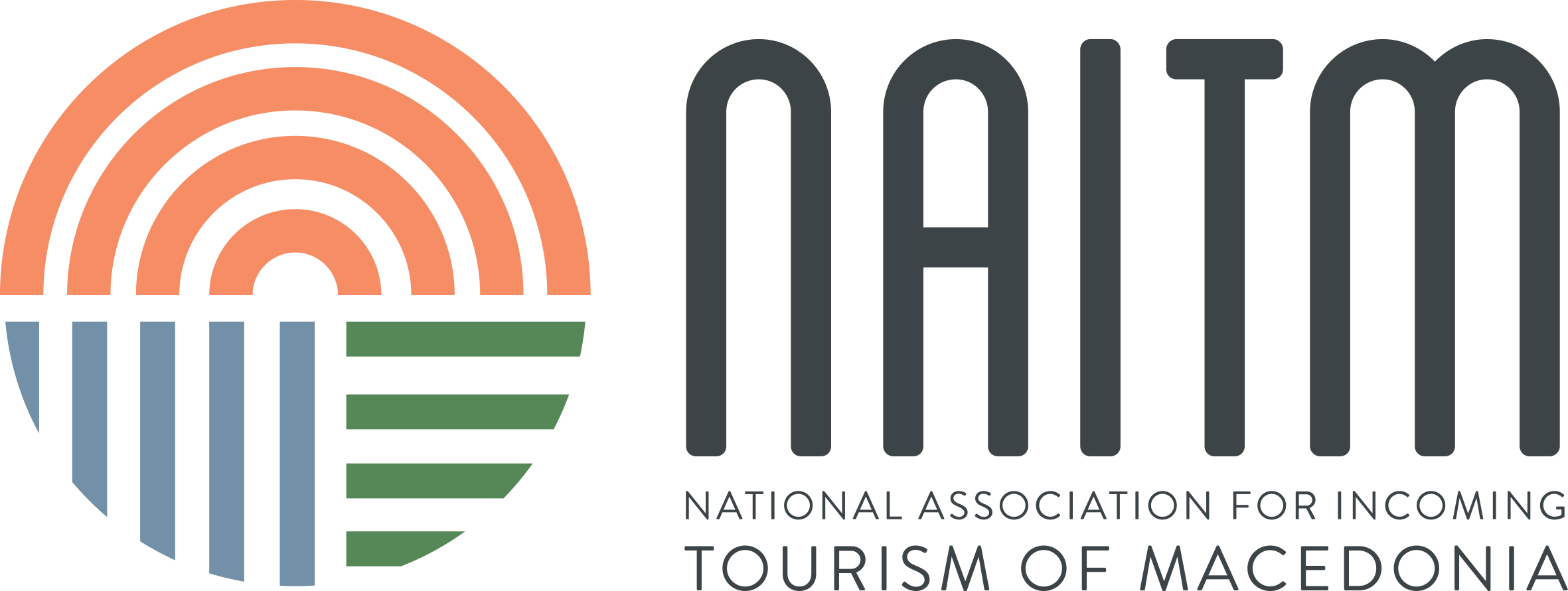The name “Argjiro” is dedicated to the legend of the princess who fell from the Castle to her death in order to escape the Ottoman enemies.
At the entrance of the Gjirokaster Castle, you find a large array of cannonballs, and weapons, collected from antiquity up to the First and Second World Wars, all used as resistance to occupation.
One of the most interesting modern curiosities exhibited is the American two-seater aircraft. It was forced to land near Tirana in 1957, as it was considered to be a spy plane. At the time of the Cold War, this event marked a triumph over the West and thus, the aircraft merited a place in the castle exhibitions.
Nowadays, every four years, the National Folklore Festival of traditional Albanian song and dance takes place on top of the Castle’s roof.
Source: https://www.intoalbania.com/
Photos: https://whc.unesco.org/

 RSS Feed
RSS Feed


